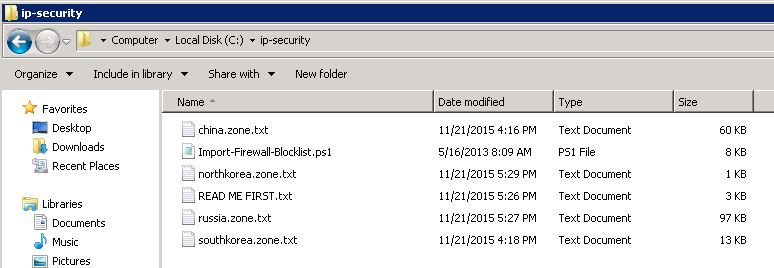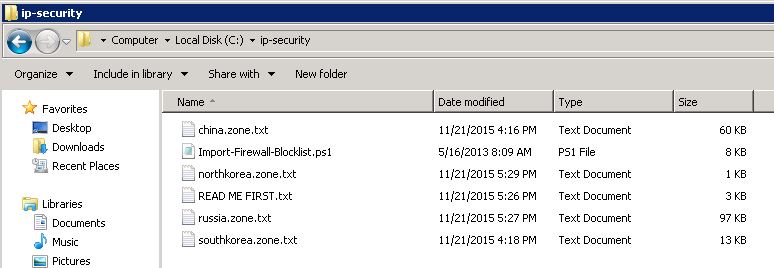There is a lot going in SEO this week.
Barry Schwartz over at Searh Engine Roundtable is discussing a Google search engine algorithm update on Wednesday, October 24th
On my Free Classifieds website, FinditClassifieds.com, I did see a slight increase in organic traffic from Google after the 10/24/2019 update initially. I had new JSON-LD code I’ll be discussing later in the article that was generating a HTTP 500 sever errors which caused Google to pause displaying pages from the domain for both organic search results as well Google Ads (CPC) at the exact same time. Hopefully, this is only temporary and our organic search results momentum can be picked up where we left off.
This suggests that both the Organic Search Results side and Paid Advertising CPC Google Ads seem to use the Googlebot HTTP 500 server error results as a flag for a domain and or sub-domains and reduce traffic to them.
I looked around and found this information packed article that includes information on how Google Search uses Googlebot 500 error results to remove problem pages or domains as soon as issues are detected.
MY FIRST JSON-LD IMPLEMENTATION W/ LESSONS LEARNED
A Background Video on JSON-LD
You would implement JSON-LD to make sure Googlebot in this case can pick up on product details such as the product name, description and price. JSON-LD helps provides context to information Googlebot spiders on your site.
My implementation of JSON-LD was done on the local classifieds page. This JSON-LD example was a list of items for sale in a classified ads page for the Modesto, California metro area.
JSON-LD Code Example / Server Side Code Generates the Script Block
The system I’m patching to add the JSON-LD is running on Classic ASP which is probably closer to PHP or C# Razor Syntax. The language and or framework matter not that much, its the idea / solution.
This example is mix of front end JavaScript and ASP VBScript taking care of the looping thru the recordset to get the values needed to fill in the JSON-LD values.
To me, JSON is a fairly simple concept of transporting data in a simple key/value pair format.
The trickiest part I found about constructing a well structured and acceptable JSON-LD message is the nesting syntax when outputting multiple records at a time and and making sure that we don’t have duplicate values in the key/value pairs.
In my case, I had to construct the JSON-LD block inside a server side code block where we are looping through a recordset and outputting the fields related to the JSON-LD from the local classifieds ad table.
Notice how I’ve got @context and @type outside the loop as these fields and values will be the same for each record.
So output all your values that are the same for every record then nest the rest of the output in a block inside it using [ ] and { } as seen in the example below. Feel free to checkout the output from the live site anytime. :-).
http://modesto.finditclassifieds.com/misc-classifieds/local-search.asp
<script type="application/ld+json">
"@context" : "http://schema.org",
"@type" : "Product" [
<% While NOT Recordset1.eof %>
<% if InStr(Recordset1("Category"),"service") = 0 then %>
{
"@name" : "<%=Replace(Mid(Recordset1("ItemDescription"),1,40),vbCrLf,"") & " in " & Recordset1("City") & ", " & Recordset1("State")%>",
"decription" : "<%=Replace(Replace(Mid(Recordset1("AdText"),1,120), vbCrLf, ""),vbTab,"")%>",
"offers" : {
"@type": Offer,
"url": "<%=SiteURL%>/misc-classifieds/listings-detail/adid/<%=Recordset1("ID")%>/description/<%=Server.URLEncode(Replace(Mid(Recordset1("ItemDescription"),1,25),vbCrLf,""))%>",
"priceCurrency": "USD"
}
}
],
<%
end if
Recordset1.MoveNext
Wend
Recordset1.MoveFirst
%>
</script>SEO Videos & Articles of Note for Week Ending 10/25/2019.
Here are the best SEO related videos and articles I could find to share with you this week!






